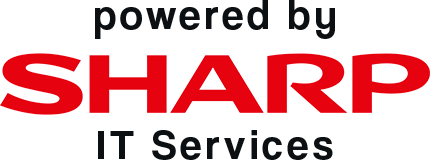Among the many challenges faced by SMEs is IT obsolescence – computer hardware and software needs almost continual replacement as technology evolves to deliver new functionality and features. In some cases it may be possible to sit the upgrade cycle out, ignoring less crucial new tools until you are ready.
But sometimes key business systems – like your accounts package – need to be upgraded whether you are ready or not, and your business must be prepared to budget for the costs. However, Cloud computing services are now helping to change this situation, giving SMEs greater control of their upgrade cycles.
Software as a Service – automatic upgrades
Traditionally, boxed software needs to be replaced fairly regularly, with vendors offering slightly reduced upgrade licenses for their existing clients. For example, in the past, moving from Microsoft Office 2007 to 2010 could cost thousands of pounds for a business with several computers.
However, those businesses who have purchased Office 365 licenses are not affected by these upgrade costs. Instead the move from Office 2010 to Office 2013 was performed seamlessly, and all as part of the standard subscription cost. And if the subscriber’s PCs were not fully capable of running the new software, employees could still access a web-based version using the Internet Explorer web browser.
This same auto-upgrade principle applies to most Cloud software subscriptions – businesses can benefit from smooth, automated application of upgrade patches, which are covered by the subscription fee and require no extra cost or effort on your part.
Extending hardware lifespans
The other major benefit of Cloud-based technologies is that the majority of processing is done on the provider’s platforms. This means that if your computers are capable of running a relatively up-to-date web browser, they should also be able to access Cloud software.
This means that the specifications of your company PCs are far less important, and therefore your hardware does not need to be replaced quite as often. Extending hardware refresh cycles from three years to five years could have a major positive impact on your company cash flow long-term.
Your business may also be able to choose cheaper, lower-specified hardware from the outset, further reducing initial outlay – although you should always seek professional advice, including on sourcing new hardware, to ensure that you are getting the price-to-performance balance that meets your business needs.
The Cloud offers many other potential cost-savings and opportunities to get your IT spend under control. To learn more, why not contact our expert team at Complete I.T. today for an in-depth chat.



